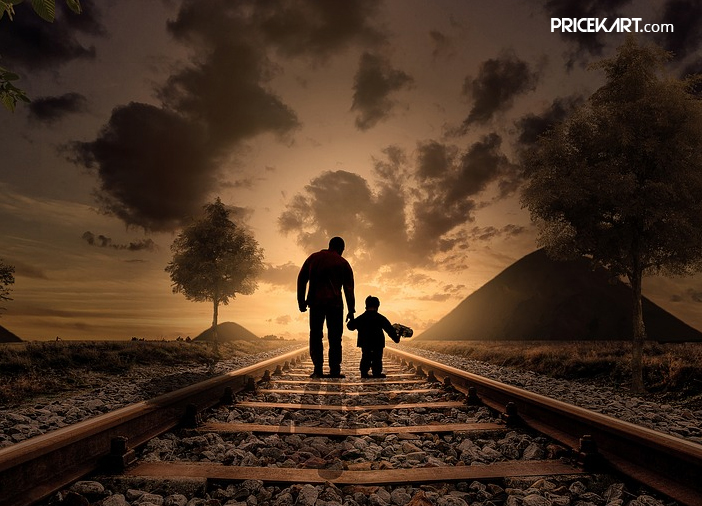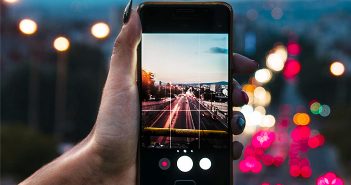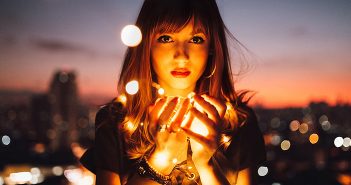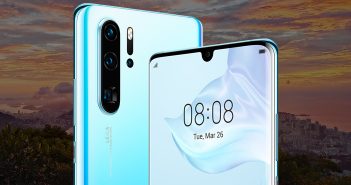The most common and also probably the most difficult form of photography is street photography. It is easy to capture a picture of a blooming flower or a serene landscape, but capturing the essence of the streets is unlike all the other forms of photography. Pictures in this form of photography are candid and are shot to bring forth the feel of a place or to portray the character of a person. You can find inspiration anywhere – it could be a restaurant, a metro station or even inside a bus. The entire point of street photography is to capture emotions. If you are trying to perfect your street shots, a few right street photography tips could help you go a long way.
It all comes down to spotting interesting frames or characters and capturing a shot to let your picture convey a story. And while it may seem a little daunting at first, you end up having fun and learn to trust your instincts to capture the perfect shot. Your camera becomes a mirror of all the stories and interesting characters that you see. To help you get started, here are 5 simple street photography tips that will make you a pro.
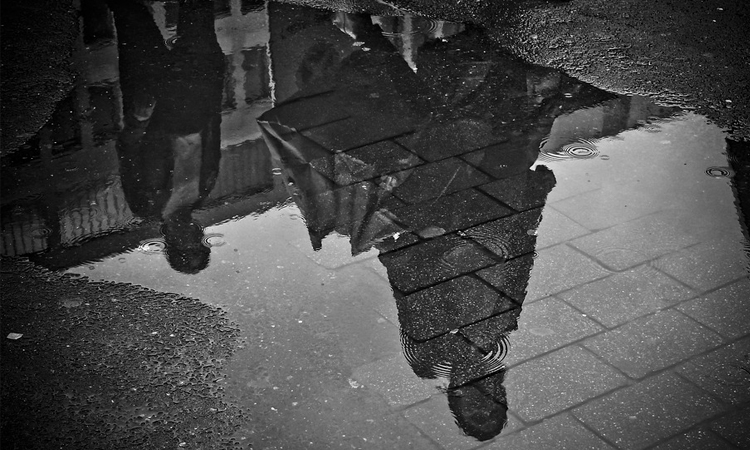
Tip #1: Pick the Right Lens
While it may be tempting to walk around with your zoom lens, to capture the tiniest details you come across on the street, ditch these zoom lens. Nobody wants to see you walk around the streets with a huge lens. Instead, you can opt for a wide-angle lens camera which will let you blend with the crowd and also let you capture shots from various angles. You can also opt for a lightweight DSLR camera as they will be small and easier to carry around. Additionally, if you are relatively new to photography, you can even use your smartphone. There is a list of good camera mobiles that are as good as a DSLR.
Related Reads: Fun and Creative Tips for Smartphone Photography
Tip #2: Change the Camera Settings
If you are planning to capture street shots, you need to pick the right camera settings. The best way to do that is to switch the camera to the aperture-priority (AV) mode and then select your ISO and f-stop manually. Another thing that you have to adjust is the shutter speed and aperture. Most high-end DSLR and Mirrorless cameras let you control the shutter speed and aperture by adjusting the input dial.
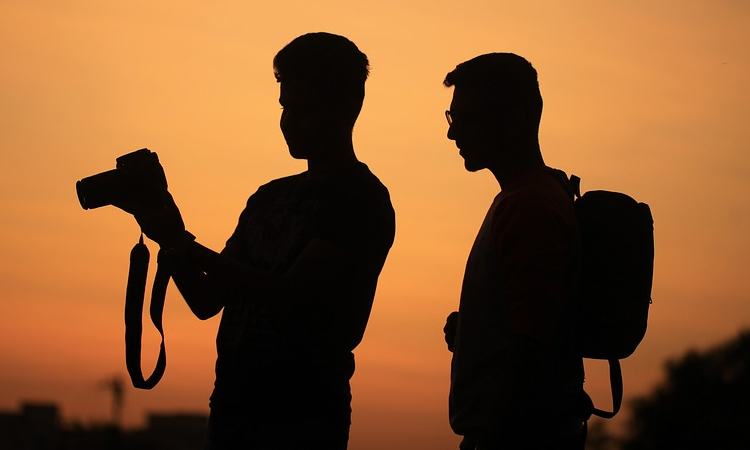
Tip #3: Carry Your Camera 24X7
One of the most important street photography tips is to carry your camera with you at all times. Whether you own a DSLR below Rs 30000 or a DSLR above Rs 60000, carry it around with you at all times without worrying about any damage if you want to capture amazing street shots. Forget that your camera is too heavy or expensive. This is the best part about street photography, you see something you like and immediately capture it. If you are really passionate about becoming a street photographer, remember to carry your camera with you at all times.
Tip #4: Make Use of the Night
If you live in a city, then you can use the night lights to capture eccentric images. However, we will also tell you that night photography is not easy. It requires low shutter speeds so that you can avoid blurring images. As there is no natural source of light in the dark, make the best use of the lights that the city has to offer. You can use the city lights, vehicle lights or even the storefront lights, which we don’t usually see during the day. Additionally, if you are planning to capture pictures with a long exposure, we will recommend you to carry along a tripod.
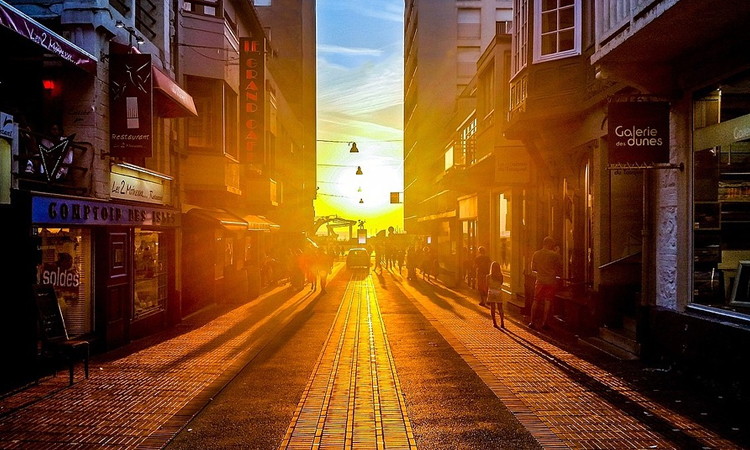
Tip #5: Forget the Image Quality
As an aspiring photographer, we understand that capturing a high-quality image is one of the important priorities. Nevertheless, your main focus should be on capturing the essence of the street rather than the quality. When it comes to street photography, work on the story, light, composition, subject and the mood of your photograph. If you lose out on these essentials while trying to capture a high-quality image, your picture does not stand a chance to make a great street photograph.
We have come to the end of our street photography tips. Remember that when you go out on the streets for the first time, you cannot expect to click great pictures the first time. Things are not going to go the way you expect them to. This form of photography requires practice.

